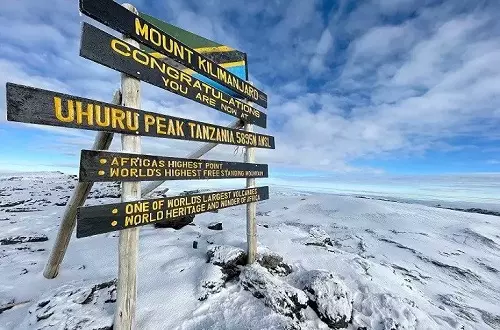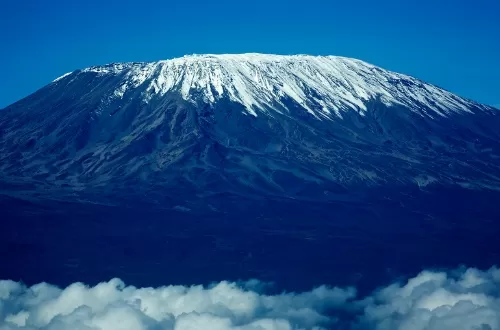When is the best time to climb Kilimanjaro?
The best time to climb Kilimanjaro is during the dry seasons, typically from late June to October and from December to March. These months offer the most stable weather conditions, with clear skies and less precipitation, making for safer and more enjoyable trekking experiences. During these periods, the trails are usually less muddy, visibility is better, and the temperatures are more moderate. However, it's essential to note that Kilimanjaro's weather can be unpredictable, so climbers should always be prepared for sudden changes and consult with experienced guides before planning their ascent.
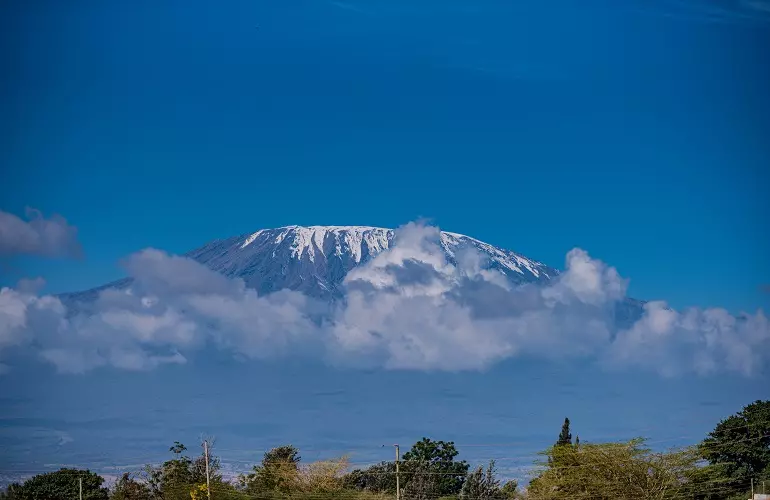
December to March and June to October
Do you need a satisfied Kilimanjaro climbing tour with the best time?
Get a free, best price-guaranteed Kilimanjaro climbing with its best time quote and a quick response from us in 2024 and 2025. Call +255 747 989 416 on WhatsApp or email us at exploreafrica024@gmail.com to get a free quote. We are available 24/7 and we are happy to help you.
What is the best month to climb Kilimanjaro? month-by-month overview
Unlike the Himalayas, Kilimanjaro, the world's highest free-standing mountain with an elevation of 5,895 meters, is never "closed". You can trek Mount Kilimanjaro year-round, but you need to be prepared for this challenge. We do not advise you to trek Kilimanjaro in April, May, or November.
1. Climbing Kilimanjaro in January, February, or early March
Ideal trekking conditions on Mount Kilimanjaro include clear days, mostly dry weather, and good visibility. Occasional snowfalls over 4267.2 meters make for an epic photo opportunity. While January, February, and early March are considered "high season", it’s often quieter on the slopes than the main climbing season of June, July, August, and September, making it a good balance of decent weather and not-too-crowded. January, February, or early March are best for: hikers who want to minimize crowds while still having dry conditions.
2. Climbing Kilimanjaro in March, April, and May
Early March can be lovely to hike Kilimanjaro, but as the month progresses, the rain can start to set in, making for cloudy skies, muddy trails, and poor visibility. April to early May are the long rains, and they are not suitable for hiking adventures. During the shoulder seasons, late March and late May, you can get lucky with some dry weather. We recommend the Marangu route because it is the only route that offers sleeping huts in dormitory-style accommodations. It's best for experienced trekkers who don’t mind unpredictable weather and who want to avoid crowds.
3. Climbing Kilimanjaro in June, July, August, and September
A combination of the best weather and the European and US summer vacations means this is the main climbing season and the busiest time on the mountain of Kilimanjaro. July and August are the most popular months, with high crowds. Routes tend to be busier during this period, especially during the full moon. Best for hikers wanting the best weather for their trip and who aren’t deterred by crowds, which are mostly on the Machame, Marangu, and Lemosho routes.
5. Climbing Kilimanjaro in October and November
Short rains usually come in November and last for 3–4 weeks. Often, the rain is less persistent than in April and May and mostly comes in the late afternoon. The mountain is very quiet during this time, which is best for avoiding crowds and experienced trekkers. We would recommend the Northern Circuit route and the Rongai route, as the northern side of the mountain has less overall rainfall and is more sheltered.
6. Climbing Kilimanjaro in December
Is December a good time to climb Kilimanjaro? Sure, you can climb Kilimanjaro in the month of December. The short rainy season begins in November and often runs into December; however, this December is still a popular and best time to climb Mount Kilimanjaro.
The best Kilimanjaro routes for hiking tours (December to March and June to October)
There are several routes to the summit of Mount Kilimanjaro's Uhuru peak at 19,340' with the best time. Here is the best list of Kilimanjaro routes for you in 2024 and 2025.
5-day Marangu route
6-day Marangu route
6-day Machame route
6-day Lemosho route
6-day Rongai route
7-day Machame route
7-day Lemosho route
7-day Rongai route
8-day Lemosho route
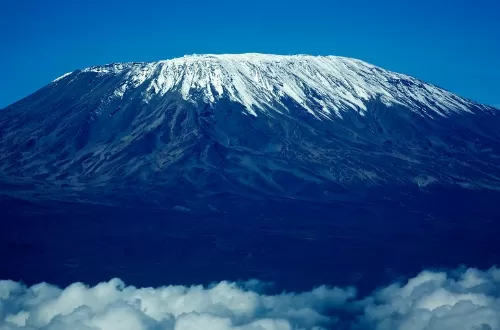
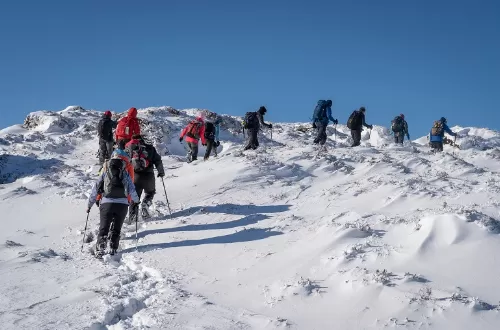
What are the dry seasons on Kilimanjaro?
The dry seasons on Kilimanjaro are typically from December to March and from June to October. These are considered the best times to climb Kilimanjaro, as the weather is generally clear and dry, making for better visibility and safer climbing conditions. However, keep in mind that even during the dry seasons, there can still be occasional rainfall and weather fluctuations. It's important to prepare for all types of weather and consult with a reputable tour operator before embarking on your climb.
Is it possible to climb Kilimanjaro during the rainy season?
Yes, climbing Kilimanjaro during the rainy season is possible, but it can be more challenging and less enjoyable than climbing during the dry season. The rainy season in Tanzania typically runs from March to May and November to December, with heavy rainfall occurring in April and May. During this time, the trails can be muddy and slippery, and there is a higher risk of altitude sickness due to the lower visibility and colder temperatures. However, some climbers prefer to climb during the rainy season because the trails are less crowded and the scenery is more lush. It is important to note that climbing Kilimanjaro is a serious undertaking and should only be attempted with proper training, equipment, and guidance from a licensed tour operator.
Do you want to climb Kilimanjaro successfully?
Get a free, best price-guaranteed climbing Kilimanjaro quote and a quick response from us in 2024 and 2025. Call +255 747 989 416 on WhatsApp or email us at exploreafrica024@gmail.com to get a free quote. We are available 24/7 and we are happy to help you.
What are the advantages of climbing Kilimanjaro during the dry season?
Climbing Kilimanjaro during the dry season, which runs from June to October, has several advantages. Firstly, the weather tends to be more stable and dry, which means there is less chance of encountering rain or snow, making it easier to navigate the trails. Additionally, the clear skies provide stunning views of the surrounding landscape and make for better photo opportunities. The dry season also coincides with peak climbing season, which means there will be more support and facilities available on the mountain. However, it's important to note that the dry season also tends to be busier, so if you're looking for a quieter climb, you may want to consider other times of the year.
Are there any disadvantages to climbing Kilimanjaro during the dry season?
While climbing Kilimanjaro during the dry season can offer several advantages, such as clear skies and better visibility, there are also some disadvantages to consider. One of the main drawbacks is the increased traffic on the mountain, which can lead to overcrowding on the trails and at the campsites. This can make the climb less enjoyable and increase the risk of accidents or altitude sickness. Additionally, the dry season tends to be colder at night, which can make camping uncomfortable. It's important to carefully weigh the pros and cons before deciding when to climb Kilimanjaro and to prepare accordingly for the conditions you'll encounter.
Is it necessary to book a guide for climbing Kilimanjaro?
It is necessary for any hiker who climbs Kilimanjaro to be accompanied by a guide who is licensed by Kilimanjaro National Park. The mountain is very high, and the altitude can cause serious health problems, such as altitude sickness. A guide will have experience dealing with these issues and can help ensure a safe and enjoyable climb. Once you book with us, you will have a team of crew members consisting of a lead guide, assistant guide, cook, and porters.
